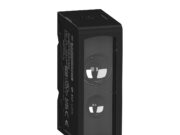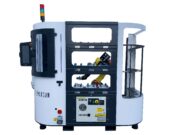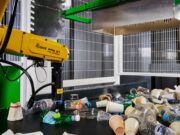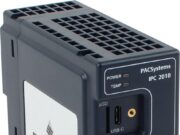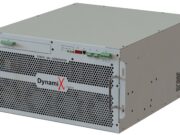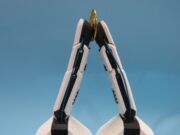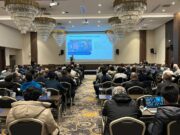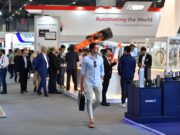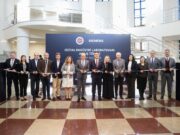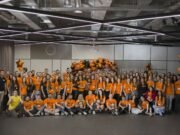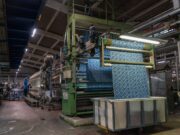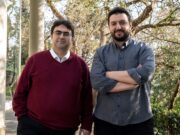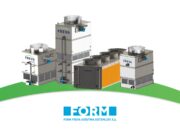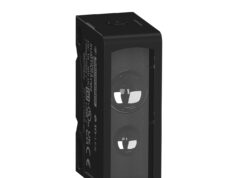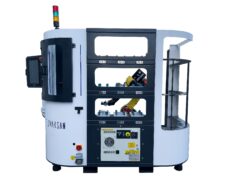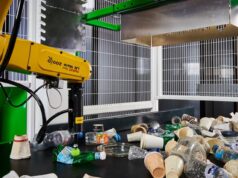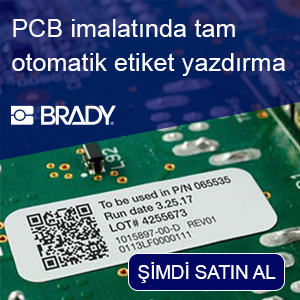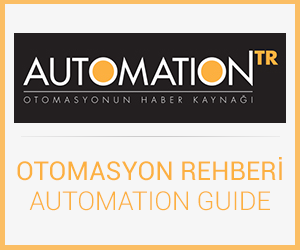Siemens has upgraded the current Sinumerik software version 4.7 by adding new functions to enhance the productivity and accuracy of the milling process. The “Top Surface” option enables the NC data from the CAM system to be optimized online while the program is being run, producing high surface quality on complex freeform surfaces during milling. This is particularly advantageous in the production of geometrically complex molded parts in the automotive, aircraft or power generation sectors, which make exacting demands of the milling process in terms of surface quality, dimensional accuracy and production efficiency. All the new functions are integrated into the system and are available with Sinumerik Operate, in some cases as an option.
The “Top Surface” option optimizes the CAD/CAM-CNC data online while the program is being run. This considerably reduces the dependence of production quality on the CAD/CAM calculation tolerance and improves surface quality and dimensional accuracy. The integrated “Smoothing” function enables workpieces to be machined to very close tolerances in the micrometer range. At the same time, machine vibrations are almost completely eliminated when the “Top Surface” option is activated, thereby reducing mechanical stress, wear and tear on the machine and increasing machine availability.
Moreover, the current software version 4.7 of Sinumerik Operate introduces additional functions such as tool lists, part programs, drawings or instructions in digital form, enabling the DXF reader to display files in DXF format directly on the Sinumerik control panel of the machine tool. In this way the operator can select the geometry elements depicted in a DXF file via the contour version and transfer these elements directly into his programming for machining the workpiece. The “Execution from External Storage” (EES) option allows random access from the machine tool to data held on any attached USB sticks, hard drives and network resources. The operator can therefore see workpiece supports directly on the machine or they can also work through part programs from external storage devices with the assistance of multi-touch technologies on the control panel which simplify interaction with the machine. In addition, the Sinumerik 840D sl now has new OP 015 and new OP 019 black operator panels which are fitted with touch-sensitive displays, enabling the operator to zoom in on 3D objects or move or rotate them using gesture control.
Workpieces can be machined even more quickly and accurately thanks to the addition of new optimized technology functions and reworked cycle functions, such as a deep hole drilling cycle, measuring cycle functions and the logging of measuring results. The “Retract” function now enables tools to be retracted automatically and safely at the touch of a button at the points of interruption. Moreover, an optimized friction compensation is available for machines that must be operated to very close tolerance within the micrometer range. This now provides speed-dependent compensation for friction-dependent path deviations as well, thereby eliminating deviations of this type more effectively.
The “Auto Servo Tuning” option is particularly suitable for large milled parts which lose very large amounts of mass during machining. The speed parameters must be constantly optimized in order to achieve the highest levels of quality and productivity. To that end Auto Servo Tuning adjusts the controlled section accordingly when changes in mass occur. In addition, it may be necessary, in the mold making process for example, to make small corrections and to superimpose the infeed of the tool in the tool direction or superimpose the axes during production. These routine corrections previously carried out by handwheel are now taken on by the “Handwheel Superimposition” function.
In multi-tasking, all milling and turning functions in Multitasking are now integrated into the Sinumerik Operate control panel. Operation and programming therefore share a common technology and simplify the operator’s task of changing between lathes and milling machines, making the process of turning on a milling machine even simpler. The ease of changing between the technologies applies here both to the DIN/ISO and programGUIDE programming and to the graphic programming using Shopmill and Shopturn, because all milling and turning cycles share a common technology. The workpiece simulation is offered both for turning and milling and milling and turning. The JOG mode interactively supports the setting up of workpieces.


